14 Nasdaq-100 ETFs and Mutual Funds to Buy
QQQ is the best-known of the ETFs that invest in the popular Nasdaq-100 Index. Several similar funds are at your disposal, too.


Forget the Dow. Forget the S&P 500. If you're looking for the major index with the most pep in its performance step, look to the Nasdaq-100 – and the growing number of Nasdaq-100 ETFs and mutual funds that allow you to enjoy in its fortunes.
The Dow Jones Industrial Average was for decades America's premier stock index, the favored proxy of domestic industry.
Over time, the Dow was eclipsed by the S&P 500 Index. By virtue of tracking 500 companies versus the 30 Dow Jones stocks, the S&P was able to cover a wider array of firms and better represent the spectrum of U.S. business.
But, from a pure return perspective, both suffer in comparison to the tech-heavy Nasdaq-100 Index. The Nasdaq-100, introduced in 1985, is a select slice of the larger Nasdaq Composite's largest nonfinancial companies.
The index has long been dominated by the best tech stocks, with technology currently accounting for roughly 60% of its total weight.
But it also includes sizeable slugs of high-growth consumer discretionary plays and communication services stocks and significant healthcare exposure too.
The Nasdaq-100 has been a monster outperformer over the long run, delivering a 462% total return (price change plus dividends) during the past decade, easily outdoing the Dow (+215%), S&P 500 (+257%) and the Nasdaq Composite (362%).
The folks over at investment management company Invesco (IVZ) are surely loving it. They sponsor the Invesco QQQ Trust ETF, which has allowed investors to take advantage of those rapid gains for decades.
The popularity of QQQ has spawned several related equal-weight, inverse and leveraged products over the years.
More recently, Invesco has leveraged QQQ's success into a number of related investment products tied to the fund (more on those in a moment).
Read on as we examine 14 of the best Nasdaq-100 ETFs and mutual funds. A few of these funds are direct plays on the index itself, while the rest offer various ways to slice, dice and even amplify the Nasdaq-100.
Data is as of January 23.
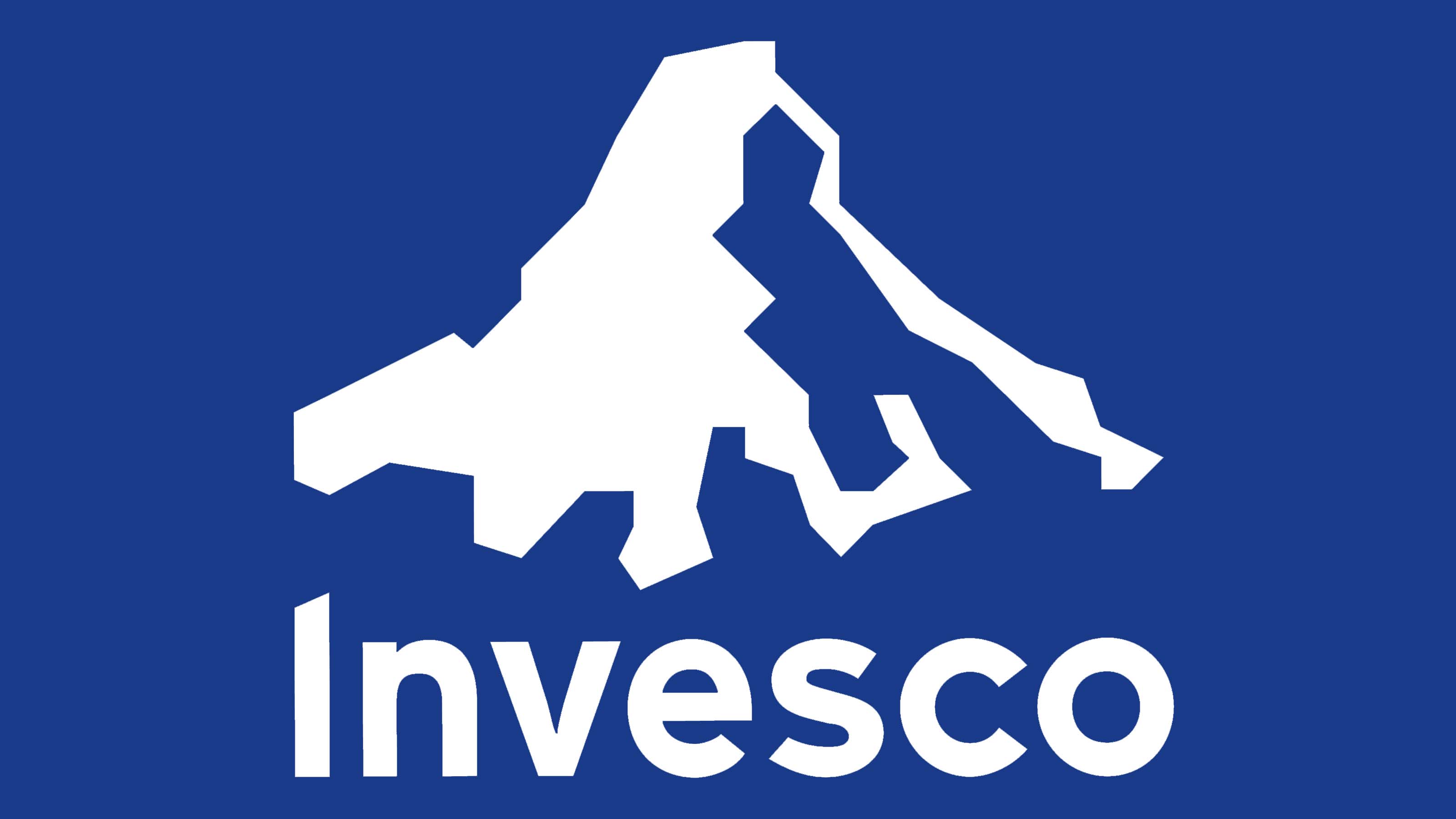
Invesco QQQ Trust
- Assets under management: $331.4 billion
- Expenses: 0.20%, or $20 annually for every $10,000 invested
Ultimately, the Nasdaq-100 Index is just a set of data. The Invesco QQQ Trust (QQQ, $532.64) turned that dataset into shareholder returns.
QQQ came to life in March 1999 – unfortunate timing for its first few years, given the dot-com bubble burst shortly thereafter. But, given its total return, long-term investors aren't exactly complaining.
Neither is Invesco. "At the end of the third quarter of 2010, QQQ had $22 billion in assets according to CFRA's First Bridge ETF database," said Todd Rosenbluth, head of research at VettaFi.
By 2013 assets had grown to $38 billion, but growth stalled through the end of the third quarter of 2016 before taking off.
"By the end of September 2018," Rosenbluth noted, "QQQ assets doubled to $74 billion and as of early September 2020, the fund's asset base exceeded $140 billion before closing the quarter with $137 billion."
Today it's up to $330 billion under management, and QQQ has become ubiquitous. You can find it in limited-selection beginner investment apps and robo advisors, and even its options contracts are popular among advanced traders.
As for its innards, the QQQ ETF is a simple index fund that tracks the Nasdaq-100. Top holdings include artificial intelligence juggernaut Nvidia (NVDA) as well as familiar tech names such as Apple (AAPL) and Microsoft (MSFT).
The portfolio also includes consumer giant Amazon.com (AMZN), upstart semiconductor company Broadcom (AVGO), electric vehicle (EV) maker Tesla (TSLA) and social media conglomerate Meta Platforms (META).
It's not quite accurate to call the Nasdaq-100 a broad index because there are so many areas of the market that are quiet or downright missing in QQQ. But it's not a wholesale technology ETF, either.
It is what it is, mostly for better than for worse.
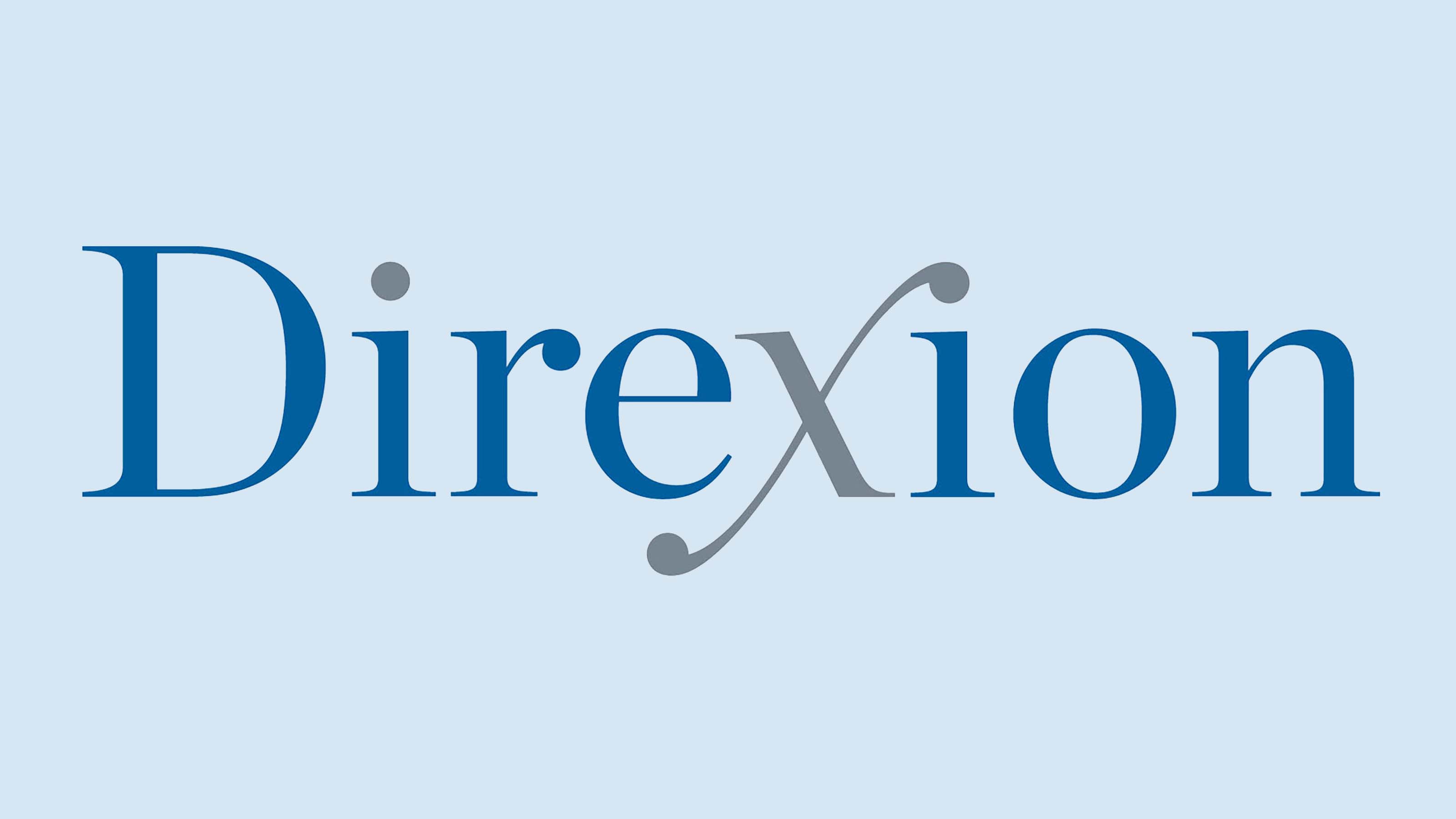
Direxion Nasdaq-100 Equal Weighted Index Shares
- Assets under management: $1.3 billion
- Expenses: 0.35%
Invesco might be the most well-known fund to leverage the Nasdaq-100, but Direxion offers an interesting take on the index, too.
The Direxion Nasdaq-100 Equal Weighted Index Shares (QQQE, $94.49) invests in an equal-weighted version of the Nasdaq-100. Every March, June, September and December, the index is rebalanced, resetting each of its 100 stocks at 1% of assets.
Their weight will fluctuate depending on how they perform over the next three months, but once the next rebalancing occurs, they're all set back onto equal footing.
That means "bottom" Nasdaq-100 holdings like Micron Technology (MU) and Automatic Data Processing (ADP) have just as much sway as the Apples and Microsofts – and, now, the Nvidias – of the world.
The good news? There's far less single-stock risk. Consider that with QQQ three stocks each account for more than 8% of its performance, and there are a few more with healthy single-digit weights.
A bad stretch for any one of those stocks could cancel out the progress of several smaller-weighted constituents, thus dragging on the ETF's returns. Equal-weighting blunts this downside risk.
The bad news? Over the long term, it doesn't allow its winners to ride.
The reason the likes of Apple and Microsoft and Nvidia are overwhelming factors in the major indexes (which tend to be weighted by market capitalization) is simply because they've grown so much. This allows these indexes to increasingly benefit in their upside.
Ultimately, the choice between QQQE and QQQ comes down to what you're comfortable with from a risk perspective.

Invesco Nasdaq 100 ETF
- Assets under management: $42.5 billion
- Expenses: 0.15%
While QQQ is wildly popular, it does have one small shortcoming: Compared to many other broad-market and sector index funds, its annual fees are a touch on the high side.
However, Invesco took care of that in October 2020 by launching the Invesco Nasdaq 100 ETF (QQQM, $219.31). It's simply a cheaper version of QQQ. At 0.15% annually, it costs five basis points less than its sister fund (a basis point is one one-hundredth of a percentage point).
So… why not just make QQQ cheaper? The QQQ ETF is an extremely liquid fund that changes hands at a rate of more than 30 million shares daily. As a result, it's able to create tight bid-ask spreads.
That's ideal for traders, who aren't as concerned about low expense ratios as longer-term investors. Rather than drop the fee on QQQ, Invesco created QQQM for buy-and-hold investors "most focused on cost-savings."
Invesco can't complain. In less than three years, QQQM has soaked up more than $40 billion in assets – without kneecapping the QQQ, which continues to expand apace.
As for investors, if you want to buy the Nasdaq-100 Index and hold it, your most significant cost savings will be from the five-basis-point discount in QQQM.
Traders, however, will benefit more from entering and exiting trades with pinpoint precision, which the QQQ's trading volume offers.
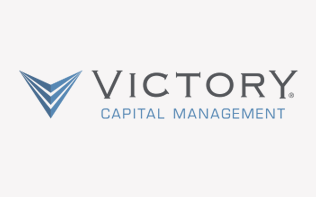
Victory Nasdaq-100 Index Fund
- Assets under management: $7.4 billion
- Expenses: 0.42%
Before we discuss a few other Nasdaq-100 ETFs, we should point out that the index can support more than just exchange-traded funds.
It might sound funny to call a $7.4 billion mutual fund a "hidden gem." But it's not far from the truth with Victory Nasdaq-100 Index Fund (USNQX, $53.87).
USNQX, which launched in October 2000, is almost as old as QQQ. But it boasts a small fraction of the ETF's assets.
And it's not for lack of performance: USNQX ranks in the top 10% of funds in its category (large growth) for every meaningful long-term time frame.
The 0.42% expense ratio is more than you'd pay for the Invesco QQQ Trust (and it's much higher than ETFs on average, for that matter).
But it's roughly half the Morningstar category average expense of 0.81%, so USNQX is at least relatively cheap. And it should be, given that this is an index fund.
As you might expect, Victory Nasdaq-100 Index Fund's holdings and breakdown are virtually identical to QQQ. They both just track the index.
Learn more about USNQX at the Victory Capital provider site.

Invesco ESG Nasdaq 100 ETF
- Assets under management: $74.2 million
- Expenses: 0.20%
The Invesco ESG Nasdaq 100 ETF (QQMG, $36.16) is another of the funds Invesco created to capitalize on QQQ's popularity. Its October 2021 launch also dovetailed with the rising popularity of environmental, social and governance (ESG) investing.
As the name suggests, this ETF invests in Nasdaq-100 stocks that also meet certain ESG criteria. Among the requirements for inclusion:
- meet an ESG Risk Rating Score threshold;
- be deemed compliant with U.N. Global Compact principles;
- meet business controversy-level requirements; and
- not be involved in certain business activities, including alcohol, cannabis, controversial weapons, gambling, military weapons, nuclear power, oil & gas and tobacco.
The ESG filters keep out less than 10% of QQQ's holdings – mostly energy stocks but also industrial heavyweight Honeywell (HON).
From a sector perspective, you lose a little exposure to several sectors. The portfolio is concentrated in tech, which represents 63% of assets vs 53% in QQQ.
It's not a massive difference. But if you're looking for a slightly greener version of QQQ without any oil and gas exposure, QQMG does the trick.

Invesco Nasdaq 100 Index Fund
- Assets under management: $118.9 million
- Expenses: 0.29%
The Invesco Nasdaq 100 Index Fund (IVNQX, $45.06), which was launched alongside QQQM, allows investors to track the Nasdaq-100 Index with a mutual fund.
This fund, which will provide similar coverage as QQQ and QQQM, was created to allow Invesco to reach a broader audience. Specifically, it's aimed at retirement accounts, which often can't access ETFs.
Indeed, IVNQX represents Class R6 shares, which are primarily intended for retirement plans and shareholders of omnibus intermediaries that meet certain standards as well as for institutional investors.
In short, it's unlikely you'll be able to access IVNQX with a traditional brokerage account. And, if you could, you'd need a cool $1 million to kick things off.
Fortunately, your traditional brokerage account will have access to QQQ and QQQM, so it's not an issue.
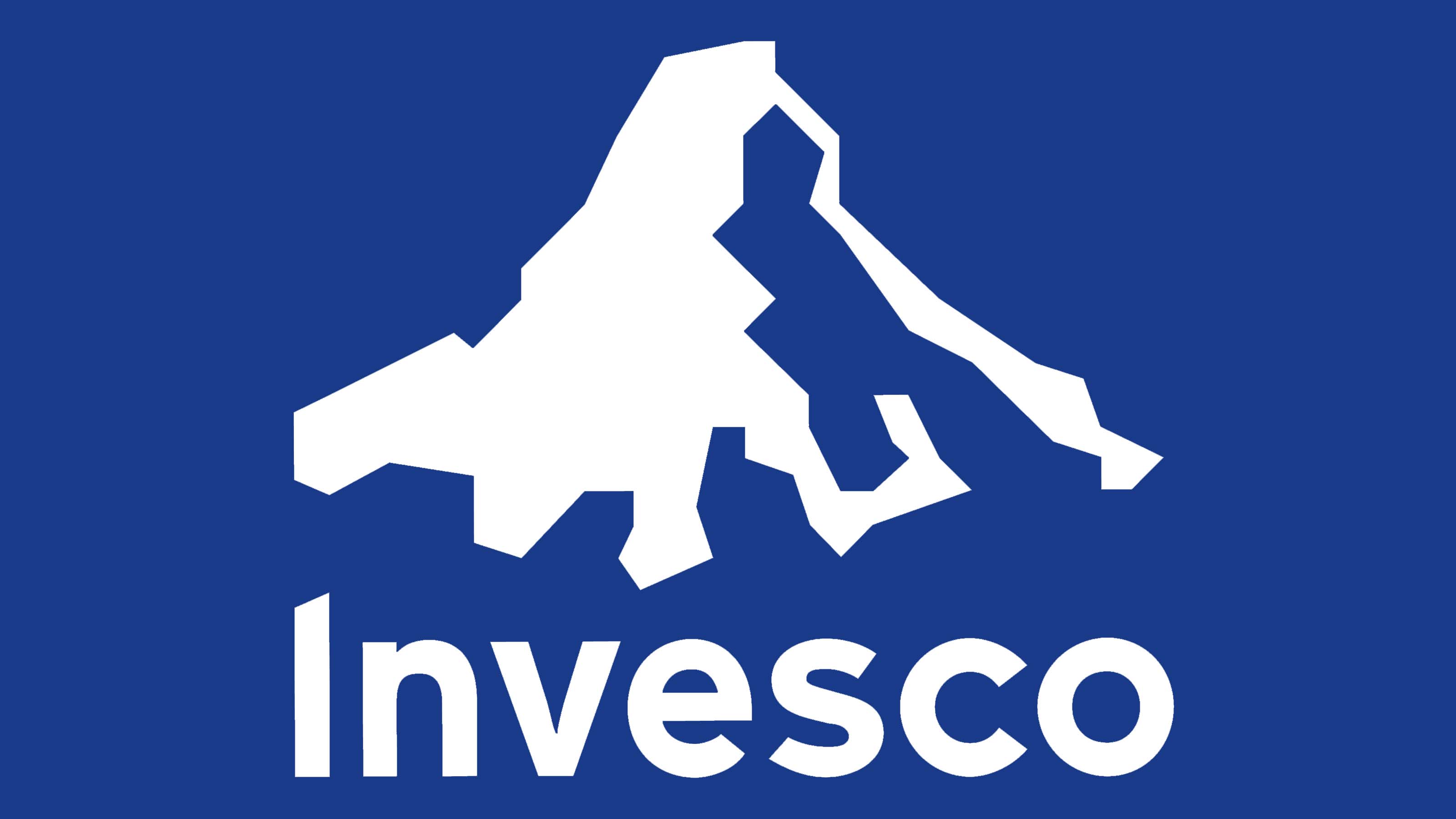
Invesco Nasdaq Next Gen/Future Gen ETFs
Call 'em sequels, call 'em spinoffs: The next three funds aren't traditional Nasdaq-100 ETFs. But they're closely related, and they've picked up significant followings of their own. The expense ratios for the following funds range from 0.15% to 0.20%.
First to market, in October 2020, was the Invesco Nasdaq Next Gen 100 ETF (QQQJ, $32.45). Think of this as the Nasdaq-100's junior varsity squad. While QQQ ETF tracks the 100 largest Nasdaq non-financials, QQQJ tracks the next 100 largest stocks, hence the name.
QQQJ is similar to QQQ in some ways but different in others. For instance, like its older sister fund, QQQJ is heavy in tech, which is the top sector allocation at 38%.
What has set it apart from inception is a much larger position in healthcare (23% to QQQ's 5%) and industrials (11% to QQQ's 3.5%).
Since inception, the Next Gen's index has traded similarly to the Nasdaq-100 but with periods of clear outperformance and underperformance.
In October 2021, Invesco launched the Invesco ESG NASDAQ Next Gen 100 ETF (QQJG, $24.91), an ESG-screened version of QQQJ.
The ESG screening doesn't have much of an impact at present, eliminating just a few holdings.
Then, in October 2022, Invesco introduced the Invesco NASDAQ Future Gen 200 ETF (QQQS, $30.20) – and no, it's not the next 100 stocks up after the Next Gen ETF.
QQQS tracks the Nasdaq Innovators Completion Cap Index, which is made up of 200 small-cap stocks "with the most valuable patent portfolios relative to their total market value as deemed by Nasdaq."
The index selects its holdings from the Nasdaq Composite, but those holdings can't be Nasdaq-100 or Nasdaq Next Generation 100 stocks.
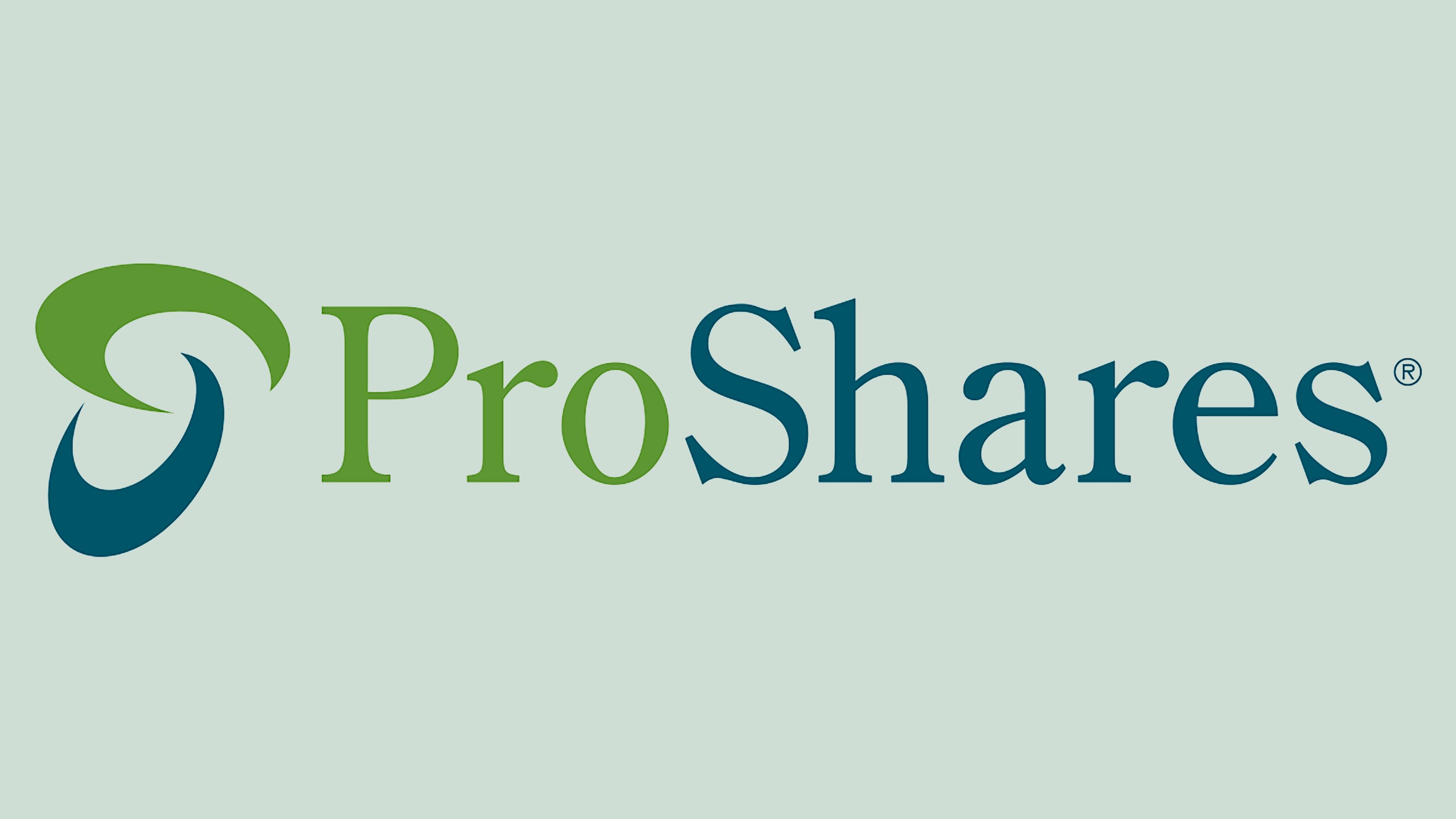
ProShares Inverse and Leveraged Nasdaq-100 ETFs
- Expenses: 0.95%
This last group of ETFs is not for the faint of heart. More specifically, these funds are not not designed for buy-and-hold investors. The expense ratio for these funds is 0.95%.
ProShares offers several ETFs that provide leveraged as well as inverse exposure to the Nasdaq-100 Index.
"Leveraged" exposure typically means the fund produces multiple times the performance of an index on a daily basis.
With the ProShares Ultra QQQ (QLD, $116.87), you're getting two times – or 2x – the daily performance of the Nasdaq-100. That gives you the opportunity to double your gains… but also to double your losses. The ProShares UltraPro QQQ (TQQQ, $88.34) provides 3x positive exposure.
"Inverse" exposure means you're getting the inverse of an index's performance. Let's say the Nasdaq-100 Index goes down 1% tomorrow; the ProShares Short QQQ (PSQ, $35.98) should gain 1% (minus expenses, of course).
You can combine the two ideas – leveraged and inverse exposure – via the ProShares UltraShort QQQ (QID, $30.12), a negative 2x fund, and the ProShares UltraPro Short QQQ (SQQQ, $27.44), a negative 3x fund.
We've previously noted that the ProShares Short S&P500 ETF (SH) provides inverse, or negative 1x, exposure to the S&P 500 and is a fairly safe and straightforward hedge against the market. That makes it one of the best bear market ETFs to buy.
The same goes with PSQ, which also offers negative 1x exposure to the Nasdaq-100. If the market heads higher, these products naturally will lose value – but not at an accelerated rate like their leveraged brethren.
However, 2x and 3x products are best left to day-traders and the pros. A wrong bet on these products can compound in a hurry.
They're generally too heavy on risk for most individual investors.
Learn more about these inverse ETFs at ProShares: QLD | TQQQ | PSQ | QID | SQQQ
Get Kiplinger Today newsletter — free
Profit and prosper with the best of Kiplinger's advice on investing, taxes, retirement, personal finance and much more. Delivered daily. Enter your email in the box and click Sign Me Up.
Kyle Woodley is the Editor-in-Chief of WealthUp, a site dedicated to improving the personal finances and financial literacy of people of all ages. He also writes the weekly The Weekend Tea newsletter, which covers both news and analysis about spending, saving, investing, the economy and more.
Kyle was previously the Senior Investing Editor for Kiplinger.com, and the Managing Editor for InvestorPlace.com before that. His work has appeared in several outlets, including Yahoo! Finance, MSN Money, Barchart, The Globe & Mail and the Nasdaq. He also has appeared as a guest on Fox Business Network and Money Radio, among other shows and podcasts, and he has been quoted in several outlets, including MarketWatch, Vice and Univision. He is a proud graduate of The Ohio State University, where he earned a BA in journalism.
You can check out his thoughts on the markets (and more) at @KyleWoodley.
-
 2026 Disney Dining Plan Returns: Free Dining for Kids & Resort Benefits
2026 Disney Dining Plan Returns: Free Dining for Kids & Resort BenefitsPlan your 2026 Walt Disney World vacation now. Learn about the returning Disney Dining Plan, how kids aged three to nine eat free, and the exclusive benefits of staying at a Disney Resort hotel.
By Carla Ayers
-
 How Can Investors Profit From AI's Energy Use?
How Can Investors Profit From AI's Energy Use?Global energy demand is expected to grow by leaps and bounds over the next several years as AI usage accelerates. Here's how to get a piece of the pie.
By Jacob Schroeder
-
 How Can Investors Profit From AI's Energy Use?
How Can Investors Profit From AI's Energy Use?Global energy demand is expected to grow by leaps and bounds over the next several years as AI usage accelerates. Here's how to get a piece of the pie.
By Jacob Schroeder
-
 Can Trump Fire Powell? A Supreme Court Case Could Decide
Can Trump Fire Powell? A Supreme Court Case Could DecidePresidential posts threaten to overwhelm decades of precedent and tradition, whatever the nine justices decide.
By David Dittman
-
 What Are AI Agents and What Can They Do for You?
What Are AI Agents and What Can They Do for You?AI agents promise to be the next big thing in artificial intelligence, but what exactly do they do?
By Tom Taulli
-
 Should You Buy an iPhone Now Before Tariffs Hit?
Should You Buy an iPhone Now Before Tariffs Hit?Looming tariffs can make an iPhone purchase seem urgent. Here's what to do if you need another phone but want to save money.
By Laura Gariepy
-
 SRI Redefined: Going Beyond Socially Responsible Investing
SRI Redefined: Going Beyond Socially Responsible InvestingNow that climate change has progressed to a changed climate, sustainable investing needs to evolve to address new demands of resilience and innovation.
By Peter Krull, CSRIC®
-
 Here's When a Lack of Credit Card Debt Can Cause You Problems
Here's When a Lack of Credit Card Debt Can Cause You ProblemsUsually, getting a new credit card can be difficult if you have too much card debt, but this bank customer ran into an issue because he had no debt at all.
By H. Dennis Beaver, Esq.
-
 33 Stocks That Could Rally 50% or More This Year
33 Stocks That Could Rally 50% or More This YearAnalysts say these S&P 500 stocks have at least 50% price upside over the next year or so.
By Dan Burrows
-
 Stock Market Today: Dow Drops 971 Points as Powell Pressure Ramps Up
Stock Market Today: Dow Drops 971 Points as Powell Pressure Ramps UpPresident Trump is increasing his attacks against Jerome Powell, insisting the Fed chair cut interest rates.
By Karee Venema
